ONLY ZERO CARBON ONLY ZERO CARBON ONLY ZERO CARBON ON LY ZERO CARBON ONLY ZERO CARBON ONLY ZERO
All that is needed is to correct the environmentally perverse, fatally flawed, economics that is being generally accepted and can only lead us to climatic annihilation. Without correcting the economics nothing can work.
According to a 2012 Price Waterhouse Cooper analysis- The only way to avoid the pessimistic scenarios will be radical transformations in the ways the global economy currently functions with rapid uptake of renewable energy
This has been perhaps best explained by the 2006 UK government Stern Commission's the Economics of Climate Change which in fact was a good assessment of global climate change in general.
This is arguably still the only report that identified the real root cause of continuing atmospheric greenhouse gas pollution causing global warming, climate change, and ocean acidification. The Stern Commission stated that global climate change is 'the greatest and most far-reaching market failure ever', meaning the cause is our socio environmentally perverse economics. The commission explained that the market failure was the result of an economics that did not apply the polluter pays principle allowing the greenhouse gas polluters not pay for the costs of pollution. The solution was simply to put a price on carbon pollution and impose the price on the polluter by government regulation, by taxing carbon in addition to capping carbon emissions and carbon trading.
Stern Commission also said that fossil fuel subsidies would have two be stopped. However since the Stern commission report fossil fuel subsidies have increased.
So today the very first thing that must happen is the governments to stop these suicidal fossil fuel subsidies totally and in short order. It is obviously totally impossible to decarbonise national and world economies all the time the fossil fuel industry is being subsidized to any extent.
STOP AND SWITCH
According to a 2012 Price Waterhouse Cooper analysis- The only way to avoid the pessimistic scenarios will be radical transformations in the ways the global economy currently functions with rapid uptake of renewable energy
This has been perhaps best explained by the 2006 UK government Stern Commission's the Economics of Climate Change which in fact was a good assessment of global climate change in general.
This is arguably still the only report that identified the real root cause of continuing atmospheric greenhouse gas pollution causing global warming, climate change, and ocean acidification. The Stern Commission stated that global climate change is 'the greatest and most far-reaching market failure ever', meaning the cause is our socio environmentally perverse economics. The commission explained that the market failure was the result of an economics that did not apply the polluter pays principle allowing the greenhouse gas polluters not pay for the costs of pollution. The solution was simply to put a price on carbon pollution and impose the price on the polluter by government regulation, by taxing carbon in addition to capping carbon emissions and carbon trading.
Stern Commission also said that fossil fuel subsidies would have two be stopped. However since the Stern commission report fossil fuel subsidies have increased.
So today the very first thing that must happen is the governments to stop these suicidal fossil fuel subsidies totally and in short order. It is obviously totally impossible to decarbonise national and world economies all the time the fossil fuel industry is being subsidized to any extent.
STOP AND SWITCH
FIRST STOP ALL FOSSIL FUEL SUBSIDIES AND SWITCH DIRECT FOSSIL FUEL SUBSIDIES TO CLEAN ZERO CARBON EVERLASTING ENERGY DEVELOPMENT.
This will price the full cost of carbon by charging the fossil fuel corporations,the huge externalized social and environmental costs, that are recognized indirect subsidies, by means of taxing carbon at source.
To stop indirect fossil fuel subsidies the polluting corporations must be charged the full cost by a carbon charge (it's not actually a tax).
3. Stop wasting time & public money on ideas that can't get near zero carbon.
- Stop subsidizing and supporting biofuels (more life cycle CO2 emissions than fossil fuels).
- Stop public funding of fossil fuel carbon capture R&D (coal industry boondoggle.)
- Give up on carbon trading
- Capping carbon emissions from fossil fuel emitters is fine, but does not lead to zero carbon energy and technology that has to be converted rather then capped.
4. Develop industrial scale capacity to extract CO2 direct from the air.
This is actually the bottom line for the survival of humanity. We can do everything else, but if we are unable to get some CO2 out of the atmosphere we fail and the future is over for humanity.
5. Stop all carbon dioxide emissions
Convert all fossil fuel energy sources and services to clean zero carbon.
Stop deforestation.
Convert to no till agriculture.
Convert off the internal combustion engine for transportation.
The above on vehicle engines will also control the toxic GHG ground level ozone
and zero fosssil fuels will give a very large reduction in black carbon and ground level ozone
as well as reducing methane to some extent.
and zero fosssil fuels will give a very large reduction in black carbon and ground level ozone
as well as reducing methane to some extent.
6. Stop emitting black carbon soot.
Black carbon is now estimated to be a top global warming emissions second
only to CO2.
(Black carbon scientific assessment 2013).
Convert off the internal combustion engine (starting with diesel) for transportation.
Provide zero carbon cooking capacity to populations relying on burning biomass
to cook.
to cook.
7. Stop emitting methane
Methane is the meat GHG emitted by ruminant livestock especially cows.
It lasts in the atmosphere 12 years and has a global warming capacity over 10 years of 100X CO2.
It goes on heating after 12 years, because in the atmosphere it is converted to other GHGs notably CO2.
Convert to no till, zero chemical, zero industrial livestock, organic agro-forestry food production.
The meat heavy diet is responsible for 18% to 50% of methane emissions (according to studies). Stop subsidizing livestock and meat.
8. Stop warmongering and militarism
The meat heavy diet is responsible for 18% to 50% of methane emissions (according to studies). Stop subsidizing livestock and meat.
8. Stop warmongering and militarism
This should perhaps top the list. There is no chance of decarbonisation to any great extent all the time nations are warmongering and competing against each other. Decarbonisation is impossible so long as nations are manufacturing massive weapons of mass destruction that consumer massive amounts of fossil fuels to smelt and engineer massive amounts of metals and require massive amounts of oil to operate. International demilitarization and disarmament is an essential prerequisite for avoiding global climate suicide. The international economy of competitiveness is in fact a continuation of the World War economies.
9. Biochar
The only known way to buy time by removing CO2 out of the carbon cycle (for over 100 years) is by making biochar from wood.
The process is pyrolysis. There is no such thing as any other long term sinking of carbon.
Other non CO2 GHGs
10. Stop emitting nitrous oxide
Like CO2 N20 is highly persistent and cumulative in the atmosphere so emissions must stop.
It is 290 X the warming of CO2 and last 100 years.
It is emitted by the use of chemical nitrogen fertilizers and livestock manure waste.
Convert to no till, zero chemical, zero industrial livestock, organic agro-forestry food production.
11. Stop emitting halocarbons.
These human made chemical include the most potent and long lasting of all the GHGs.
They are used in manufacturing processes for which there are good alternatives. They must be banned.
12. Other global warming emissions: black carbon (BC) or soot
2012 research has confirmed previous findings that black carbon soot is second
only to CO2 as a cause of global warming. The other big thing about BC is that stopping
emissions rapidly stops its global warming effect- unlike the effect of stopping CO2
emissions that takes a hundred years.
This makes stopping BC emissions essential for stopping the continued rise in global
temperature and hopefull because of the rapid cooling benefit.
Because black carbon is an air pollutant from fossil fuel combustion this major BC source
would be eliminated by a zero carbon conversion plan. A mitigation plan cutting black
carbon in isolation will not prevent global climate catastrophe unless the other powerful
long lasting GHGs emissions are stopped.
2012 research has confirmed previous findings that black carbon soot is second
only to CO2 as a cause of global warming. The other big thing about BC is that stopping
emissions rapidly stops its global warming effect- unlike the effect of stopping CO2
emissions that takes a hundred years.
This makes stopping BC emissions essential for stopping the continued rise in global
temperature and hopefull because of the rapid cooling benefit.
Because black carbon is an air pollutant from fossil fuel combustion this major BC source
would be eliminated by a zero carbon conversion plan. A mitigation plan cutting black
carbon in isolation will not prevent global climate catastrophe unless the other powerful
long lasting GHGs emissions are stopped.
Zero Carbon Emergency Response Plan

Click
for PDF
for PDF

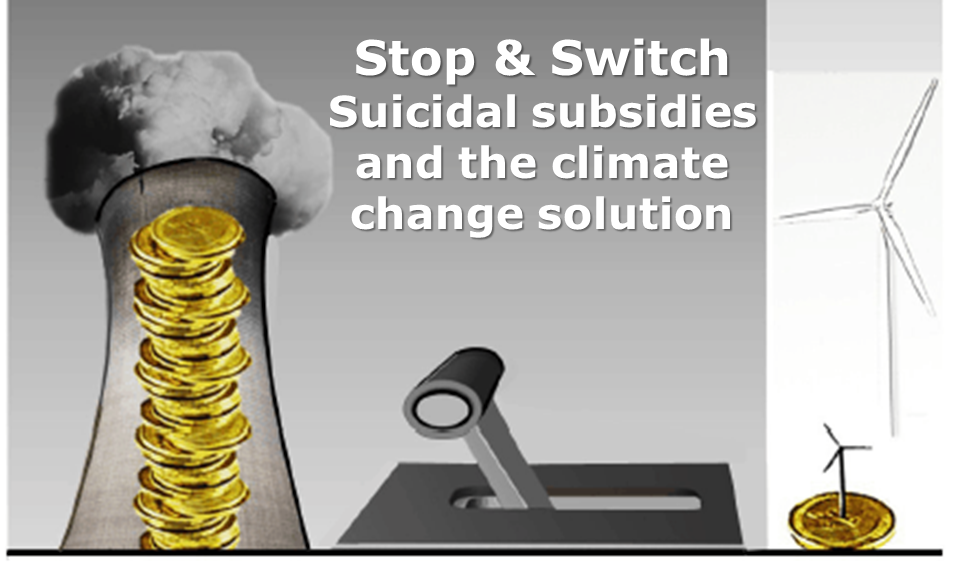
How fast can the world decarbonize to zero (virtual) carbon?
Today (2015) we have to get to zero carbon emissions in about 20 years- even for the 2C target, and that is feasible.
We are now at 400 ppm and a 2 C increase in global average temperature is equivalent to 450 ppm atmospheric CO2. Allowable emissions for a 50 ppm CO2 atmospheric increase is about 200 GtC. We are emitting about 10 GtC/yr, so that means we need to be at zero in 20 years to keep ultimate temperature rise at or below 2 C. And to be at 350 ppm or so, we would have to remove CO2 from the air for hundreds of years.
So for below 1.5C which is what we must achieve for survival, we have remove and sequester more CO2 - but not by fossil fuels with assumed CCS. That is an international Manhattan type project.
Most of the published climate change mitigation scenarios take more than 50 years to get to zero. The best case IPCC AR5 scenario (RCP2.6) takes 50 years from peak carbon emissions.
The only published (Worldwatch 2009) exception is Bill Hare's (Potsdam Climate Institute) 1 C limit plan that reaches zero carbon in 40 years.
The fastest rate contemplated is 25 years, but these proposals add years of delay to peaking of emissions.
Lester Brown's Plan B4 is the only one designed to prevent planetary catastrophe. It proposes an 80% cut in 10 years.
What is all important of course is how do we get emissions declining and fast. .
Today (2015) we have to get to zero carbon emissions in about 20 years- even for the 2C target, and that is feasible.
We are now at 400 ppm and a 2 C increase in global average temperature is equivalent to 450 ppm atmospheric CO2. Allowable emissions for a 50 ppm CO2 atmospheric increase is about 200 GtC. We are emitting about 10 GtC/yr, so that means we need to be at zero in 20 years to keep ultimate temperature rise at or below 2 C. And to be at 350 ppm or so, we would have to remove CO2 from the air for hundreds of years.
So for below 1.5C which is what we must achieve for survival, we have remove and sequester more CO2 - but not by fossil fuels with assumed CCS. That is an international Manhattan type project.
Most of the published climate change mitigation scenarios take more than 50 years to get to zero. The best case IPCC AR5 scenario (RCP2.6) takes 50 years from peak carbon emissions.
The only published (Worldwatch 2009) exception is Bill Hare's (Potsdam Climate Institute) 1 C limit plan that reaches zero carbon in 40 years.
The fastest rate contemplated is 25 years, but these proposals add years of delay to peaking of emissions.
Lester Brown's Plan B4 is the only one designed to prevent planetary catastrophe. It proposes an 80% cut in 10 years.
What is all important of course is how do we get emissions declining and fast. .
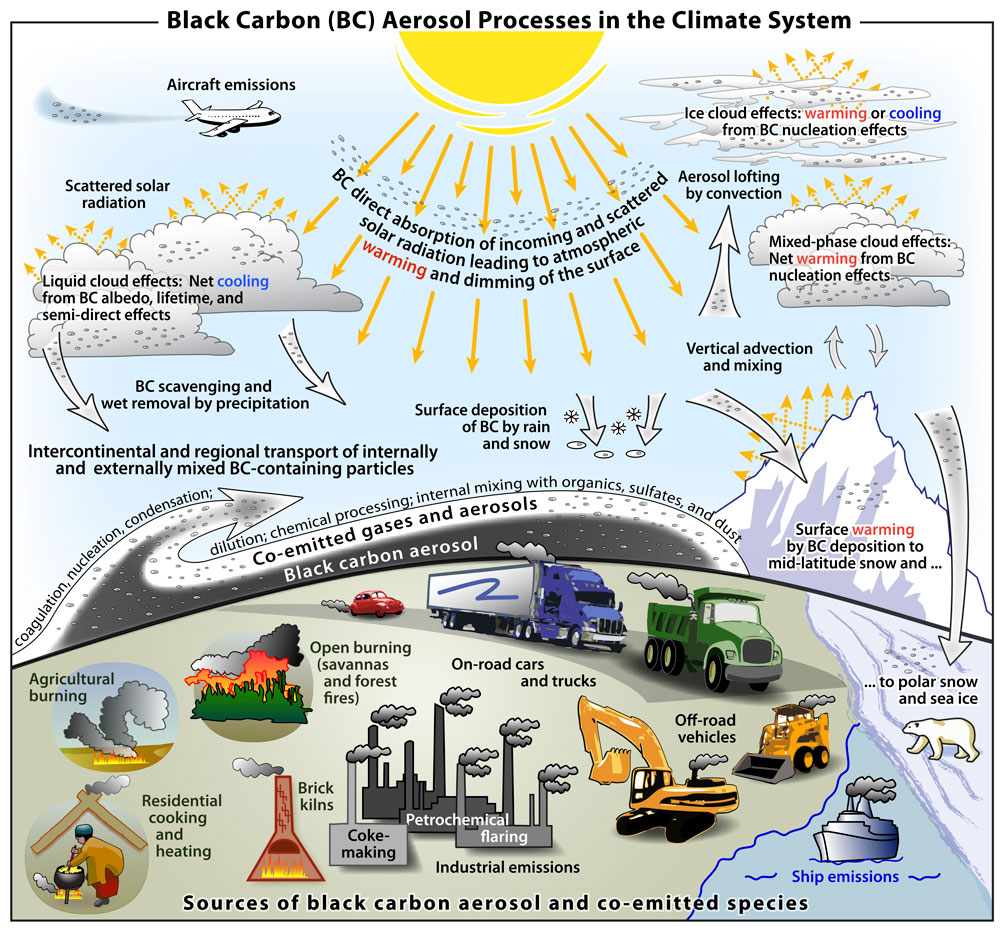
Recent Research
Dec 2015 Biophysical and economic limits to negative CO2 emissions
3 Aug 2015 Sucking carbon from the sky may do little to slow climate change
June 2014 Going vegetarian halves CO2 emissions from your food
Solar photovoltaic can provide 100% world energy with 1% of world land
WWF 2013.
Dec 2015 Biophysical and economic limits to negative CO2 emissions
3 Aug 2015 Sucking carbon from the sky may do little to slow climate change
June 2014 Going vegetarian halves CO2 emissions from your food
Solar photovoltaic can provide 100% world energy with 1% of world land
WWF 2013.
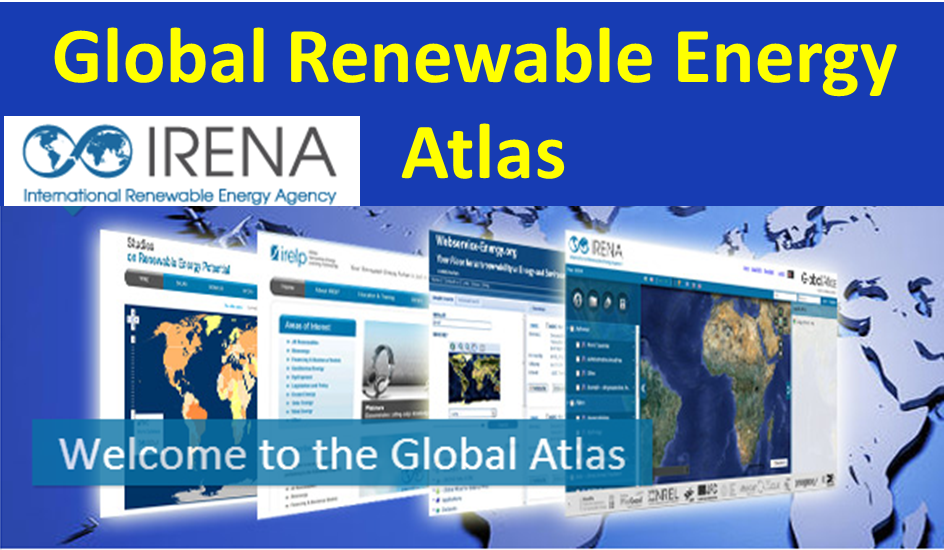
1.5C The RCP2.6 scenario mean warming is 1.6C by 2100. It could be readily modified from 2040 to have a good chance of being under 1.5C by 2100, and that we must do because 1.5C is catastrophically dangerous.
We most certainly can still make emissions decline in a few years.
If we do not make plans for RCP2.6 right away, we will committing(condemning)
today's children and many future generations to a planet with future. The only only option is no options at all- it is to remove massive amounts of CO2 from the air and store it away for centuries. This so called negative carbon is not feasible.
CO2 equivalent There are two published RCP2.6 options. One is by relying only on cutting CO2 emissions. The other is cutting CO2 equivalent, which means emissions of all the main GHGs. The RCP2.6 mitigation scenario in the IPCC AR5 is CO2 equivalent. This is most important because the CO2 only RCP2.6 requires CO2 removal from 2070, while the RCP2.6 CO2 equivalent can reach 2100 without CO2 removal.
True zero carbon by conversion - not by CCS and not the carbon intensity approach
The only feasible option for zero carbon emissions is rather obviously the conversion of all fossil fuel energy to non polluting renewable energy sources. This is definitely feasible.
These are two other options frequently referred to for mitigation, that are in the IPCC AR5,but are not options at all.
Carbon capture & storage (CCS)
The carbon capture & storage (CCS) concept has been around for many years, the IPCC published a special report on CCS in 2005. There is still evidence it is feasible on any scale, and it cannot get to zero carbon.
Carbon intensity
Improving carbon intensity of fossil fuel combustion can never get close to zero carbon and is an excuse for more fossil fuels for energy. The IPCC AR5 WG1 technical summary actually had a graph showing that the best that carbon intensity could do is useless.
How to make RCP2.6 happen.
1. Stop all fossil fuel subsidies $1.9Trillion/year (IMF 2013)
2. Price carbon- fossil fuel pollution charge.
3. Fossil fuel divestment
1. STOP ALL ATMOSPHERIC GREENHOUSE GAS POLLUTION PROMITING GOVERNMENT SUBSIDIES
This investigation into the history and amount fossil fuel subsidies by Dr Peter Carter finds that world wide they are in the trillions of dollars. In 2013 the IMF published a study showing the fossil fuel subsidies are at least $1.9 Trillion (an underestimate according to the IMF). The IMF included fossil fuel externalized costs of pollution. A 2013 report by TRUCOST found GHG promoting externalities are over $3Trillion, putting total GHG pollution encouraging subsidies to $3.5Trillion.
We most certainly can still make emissions decline in a few years.
If we do not make plans for RCP2.6 right away, we will committing(condemning)
today's children and many future generations to a planet with future. The only only option is no options at all- it is to remove massive amounts of CO2 from the air and store it away for centuries. This so called negative carbon is not feasible.
CO2 equivalent There are two published RCP2.6 options. One is by relying only on cutting CO2 emissions. The other is cutting CO2 equivalent, which means emissions of all the main GHGs. The RCP2.6 mitigation scenario in the IPCC AR5 is CO2 equivalent. This is most important because the CO2 only RCP2.6 requires CO2 removal from 2070, while the RCP2.6 CO2 equivalent can reach 2100 without CO2 removal.
True zero carbon by conversion - not by CCS and not the carbon intensity approach
The only feasible option for zero carbon emissions is rather obviously the conversion of all fossil fuel energy to non polluting renewable energy sources. This is definitely feasible.
These are two other options frequently referred to for mitigation, that are in the IPCC AR5,but are not options at all.
Carbon capture & storage (CCS)
The carbon capture & storage (CCS) concept has been around for many years, the IPCC published a special report on CCS in 2005. There is still evidence it is feasible on any scale, and it cannot get to zero carbon.
Carbon intensity
Improving carbon intensity of fossil fuel combustion can never get close to zero carbon and is an excuse for more fossil fuels for energy. The IPCC AR5 WG1 technical summary actually had a graph showing that the best that carbon intensity could do is useless.
How to make RCP2.6 happen.
1. Stop all fossil fuel subsidies $1.9Trillion/year (IMF 2013)
2. Price carbon- fossil fuel pollution charge.
3. Fossil fuel divestment
1. STOP ALL ATMOSPHERIC GREENHOUSE GAS POLLUTION PROMITING GOVERNMENT SUBSIDIES
This investigation into the history and amount fossil fuel subsidies by Dr Peter Carter finds that world wide they are in the trillions of dollars. In 2013 the IMF published a study showing the fossil fuel subsidies are at least $1.9 Trillion (an underestimate according to the IMF). The IMF included fossil fuel externalized costs of pollution. A 2013 report by TRUCOST found GHG promoting externalities are over $3Trillion, putting total GHG pollution encouraging subsidies to $3.5Trillion.
LAST CHANCE BEST CASE
IPCC AR5 EMISSIONS SCENARIO
The much hyped Dec 2015 UN Paris Agreement actually does nothing to put global emissions into rapid decline. In fact its non binding intended national emissions targets (Intended Nationally Determined Contributions INDCs) lead to more emissions by 2030!! The 2014 IPCC assessment was ignored.
Last chance of not exceeding 2C long term equilibrium warming.
With the IPCC AR5 2013-2014 assessment we have a last chance emissions scenario to avoid planetary catastrophe. This is the best case IPCC AR5 scenario called RCP2.6.
2020 emissions decline It calls for emissions to immediately level off and decline rapidly from 2020 (at the very latest) to reach zero carbon emissions.
“RCP2.6 is a scenario that aims to keep global warming below 2°C above pre-industrial temperatures” (IPCC AR5, WG1, 2014, SPM 2.1).
“Warming will continue beyond 2100 under all RCP scenarios except RCP2.6” (IPCC AR5 , WGI SPM E.1).
Not promoted Incredibly, while elements of RCP2.6 are on the UN mitigation negotiations table, this IPCC scenario is not on the climate agenda, not being promoted or even recommended.
IPCC AR5 EMISSIONS SCENARIO
The much hyped Dec 2015 UN Paris Agreement actually does nothing to put global emissions into rapid decline. In fact its non binding intended national emissions targets (Intended Nationally Determined Contributions INDCs) lead to more emissions by 2030!! The 2014 IPCC assessment was ignored.
Last chance of not exceeding 2C long term equilibrium warming.
With the IPCC AR5 2013-2014 assessment we have a last chance emissions scenario to avoid planetary catastrophe. This is the best case IPCC AR5 scenario called RCP2.6.
2020 emissions decline It calls for emissions to immediately level off and decline rapidly from 2020 (at the very latest) to reach zero carbon emissions.
“RCP2.6 is a scenario that aims to keep global warming below 2°C above pre-industrial temperatures” (IPCC AR5, WG1, 2014, SPM 2.1).
“Warming will continue beyond 2100 under all RCP scenarios except RCP2.6” (IPCC AR5 , WGI SPM E.1).
Not promoted Incredibly, while elements of RCP2.6 are on the UN mitigation negotiations table, this IPCC scenario is not on the climate agenda, not being promoted or even recommended.
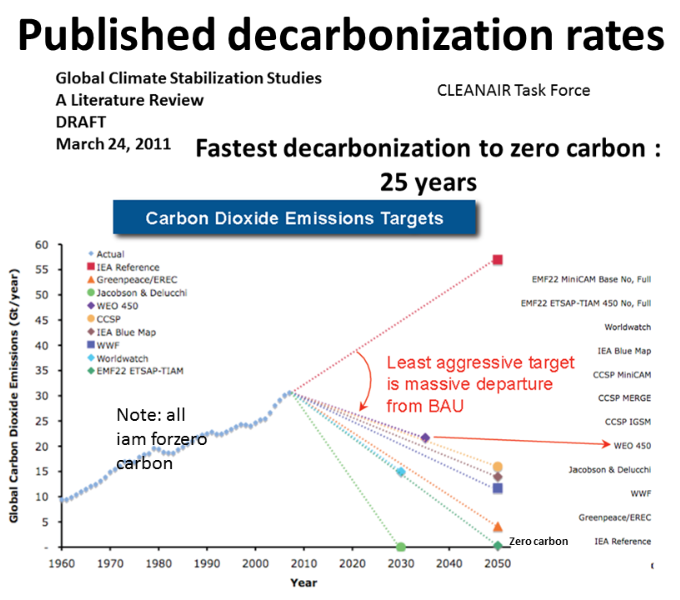
The
choice is clear for humanity-
emergency de-carbonization
or the literal end of the world
emergency de-carbonization
or the literal end of the world
Stern Commission's 2006 Economics of Climate Change. Pricing carbon by Internalizing the full costs of carbon.
Citizens Climate Lobby (US)
Fee & dividend
Fee & dividend
VIDEO How to save the climate in one simple step- carbon tax
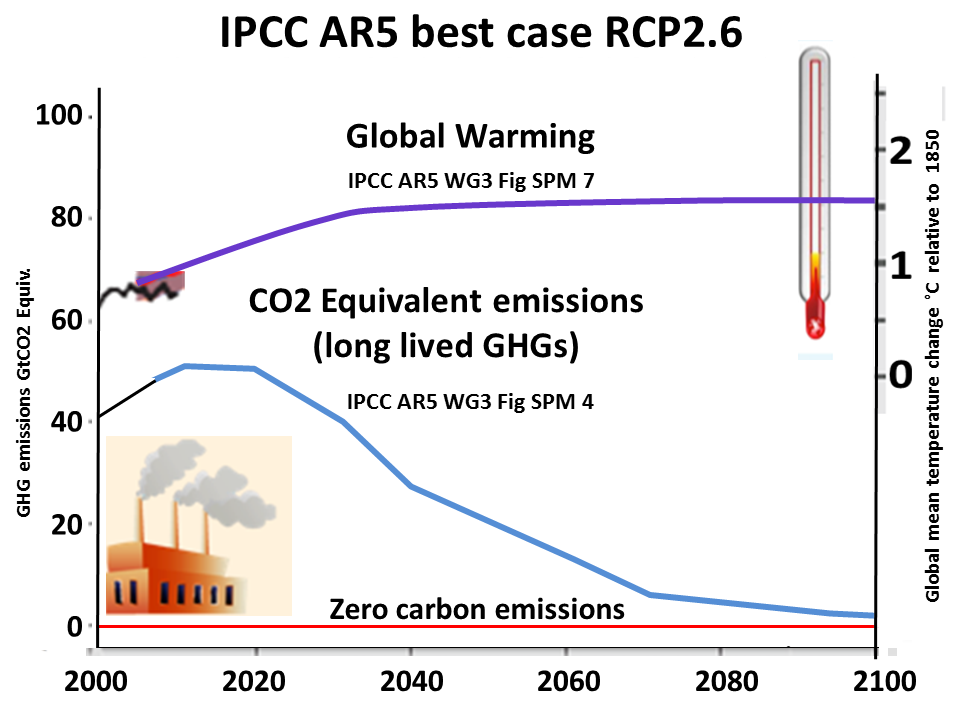

Best case IPCC AR5 scenario RCP2.6 to zero carbon

Paris 2015 Call by economists.
No progress without correcting the economic market failure
No progress without correcting the economic market failure
2017 atmospheric CO2 406 ppm
‘The fierce urgency of now
‘the need for immediate vigorous
and positive action’
Martin Luther King Jr. 1963
‘The fierce urgency of now
‘the need for immediate vigorous
and positive action’
Martin Luther King Jr. 1963